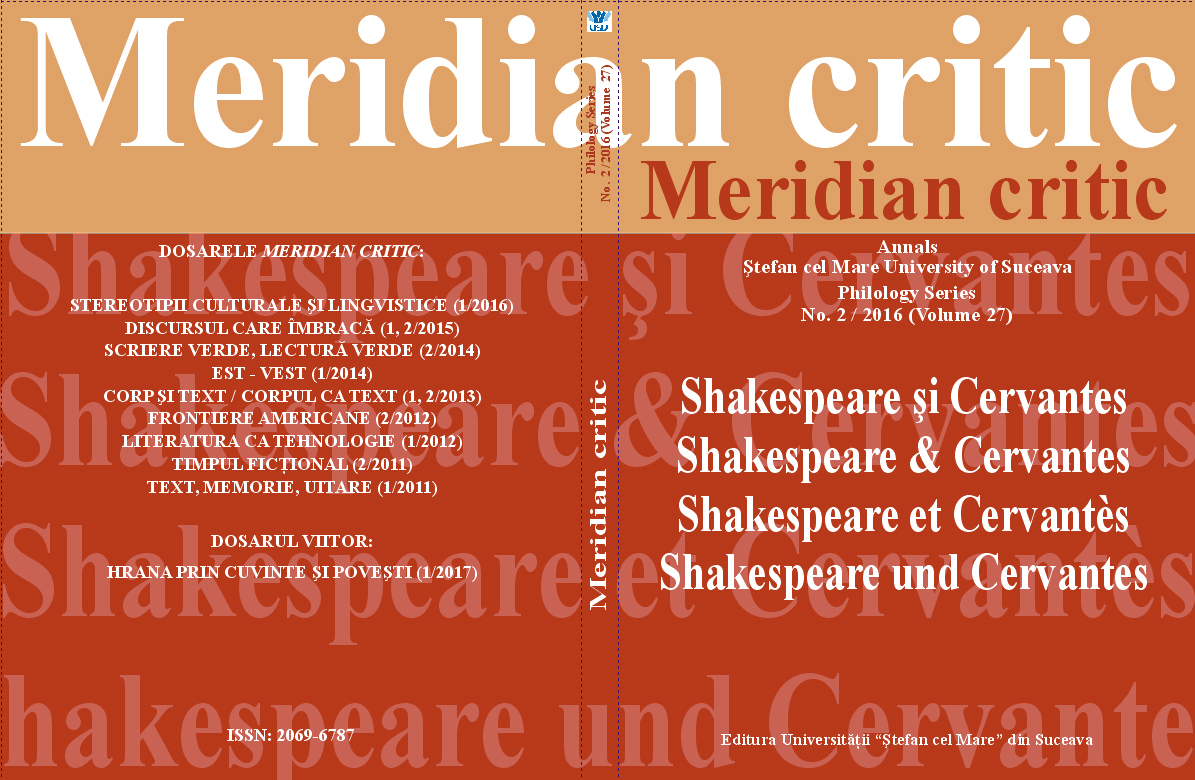De “Lizoanca” la “Eliza”. Traduciendo el cuerpo: La metamorfosis del texto rumano al italiano y español
From “Lizoanca” to “Eliza”. Translating the body: the metamorphosis of the Romanian text to Italian and Spanish
Author(s): Enrique Nogueras, Oana UrsacheSubject(s): Romanian Literature, Translation Studies
Published by: UNIVERSITATEA »ȘTEFAN CEL MARE« SUCEAVA
Keywords: literary translation; Doina Ruşti; Lizoanca; corpology; female body;
Summary/Abstract: Our article tries to compare the Spanish and Italian versions with the Romanian original, trying to observe the changes the female body goes through during the metamorphosis of a text in one language to another. Given the other review they have done to the translations into and from the Romance languages, the current concern of the authors was to individualize this particular text in general and especially Lizoanca insisting on recomposing the body character in one language to another. Translating a novel like Lizoanca, Eliza in its Spanish version, it is a test of courage and a mystery of mastery as it is the case of any other text that uses the register of the taboo language: violence, language, socio-cultural. The book is actually one continuous violation of a girl of 11 by all the men of a whole village (a lost village in Moldova) and describes how the society and media reflects it. From the pathologically violent language to the exacerbation of a machismo by default not only at a lexical level, but in all narrative niches creates an intensity and terrible aggressive tension whose victim is the fragile body of an 11 years old girl. All this metamorphosis of a young body into a woman is almost impossible to move into a different language, a different mentality or a different culture without change, alter, or at its best loose the initial intensity the Romanian original has. Female body caught in the tension of cruelty, the violated body, the invasion and continuous aggression, persistent and persevering, needs to install into a new language, as the bearer of a different socio-cultural code. This movement attracts a load of different cultural patterns, so that adaptation to another language requires great sacrifices of the context and character itself. On one hand, our analysis demonstrates the complexities of translating the body process, and on another hand deconstructs the Spanish and Italian translations, reconsidering the context and translation panorama.
Journal: Meridian critic
- Issue Year: XXVII/2016
- Issue No: 2
- Page Range: 209-216
- Page Count: 8
- Language: Spanish

